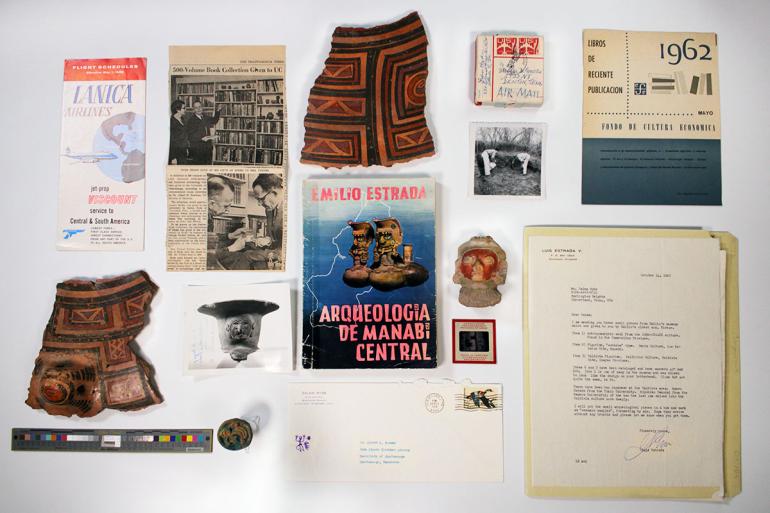Investigating Provenance and Post-colonial Perspectives in the George and Louise Patten Collection of Salem Hyde Cultural Artifacts

The George and Louise Patten collection of Salem Hyde papers and cultural artifacts provides opportunity for critical analysis of ownership and cultural appropriation of pre-Columbian material culture. In 1969, Salem Hyde, an amateur archaeologist from Cleveland, Tennessee, donated his papers and collection of pre-Columbian artifacts to the University of Tennessee at Chattanooga. Hyde had exchanged letters and built a strong relationship with Emilio Estrada, an established archaeologist from Ecuador. It is known that Estrada had roots in Chattanooga as a graduate of Baylor School, and Hyde sought to expand this dialogue about ancient Latin American cultures and their advancements to scholars in the United States. However, it is unclear exactly how Hyde obtained this collection of valuable pre-Columbian ceramics from Central America in the 1960s. This gap in the historical record regarding provenance leaves scholars with questions about the circumstances under which the collection was acquired. Did Emilio Estrada gift the collection to Salem Hyde? Did Salem Hyde purchase the collection? And what was the scope of Hyde’s aims in amassing these ancient Indigenous objects?
Acknowledging and approaching these questions surrounding the provenance of this collection from a post-colonial perspective allows us to confront problematic collecting practices and bring forth Indigenous voices and histories with these collections. Contemporary scholars use pre-Columbian collections to create new narratives that take a more nuanced approach to the complex Indigenous communities and cultural practices responsible for the artifacts. There are limitations in investigating these ancient artworks and communities due to lack of written records, but it is significant that scholars strongly rely on material culture to formulate and support their research findings. Images from Hyde’s travels throughout Latin America and compelling interviews with scholars featured in this exhibition make sense of the artifacts appropriated by Hyde in 1969, and help us interpret their significance from a post-colonial perspective that seeks to acknowledge, respect, and credit the original creators.